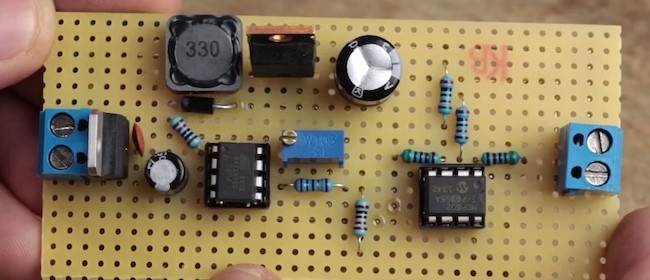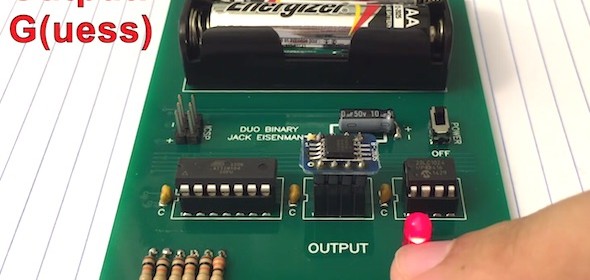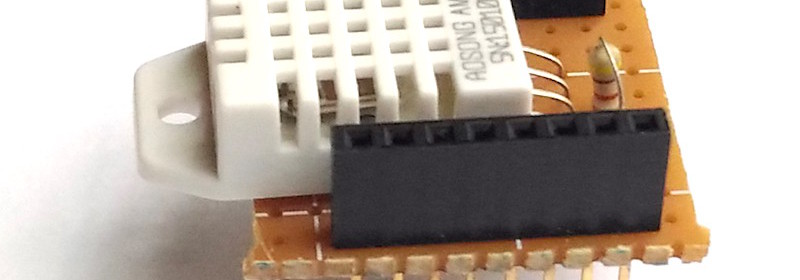DIY Buck-Boost converter

A buck-boost (also known as step-down and step-up) converter is a type of DC-to-DC converter that combines the principles of the buck and boost switched mode power supplies in a single circuit. What this means is the input voltage could be either higher or lower than the desired output voltage. The Buck-boost converter is very useful in battery-powered systems, where the battery voltage can vary quite a bit depending upon its charge condition and usage, to derive a stable DC supply for an electronics circuit. GreatScott‘s new Youtube video tutorial explains the basics of Buck-Boost converters and shows how to build
Read more


